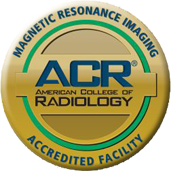Understanding the Different Types of Imaging
Medical Imaging plays an important role in modern medicine. Imaging techniques, also known as modality – including X-rays, ultrasound, CT scans and MRI – can show structures inside your body in great detail.
The most common types of medical imaging include:
- X-rays
- MRI (magnetic resonance imaging)
- Ultrasound
- CT scan (computed tomography scan)
- Nuclear medicine imaging including Positron Emission Tomography (PET)
Each one uses a specific technology and modality. They differ in how well they show what is happening in certain body tissues. For example, X-Ray scans are often best at finding a break of a bone, whereas an MRI may be better for identifying a ligament injury.
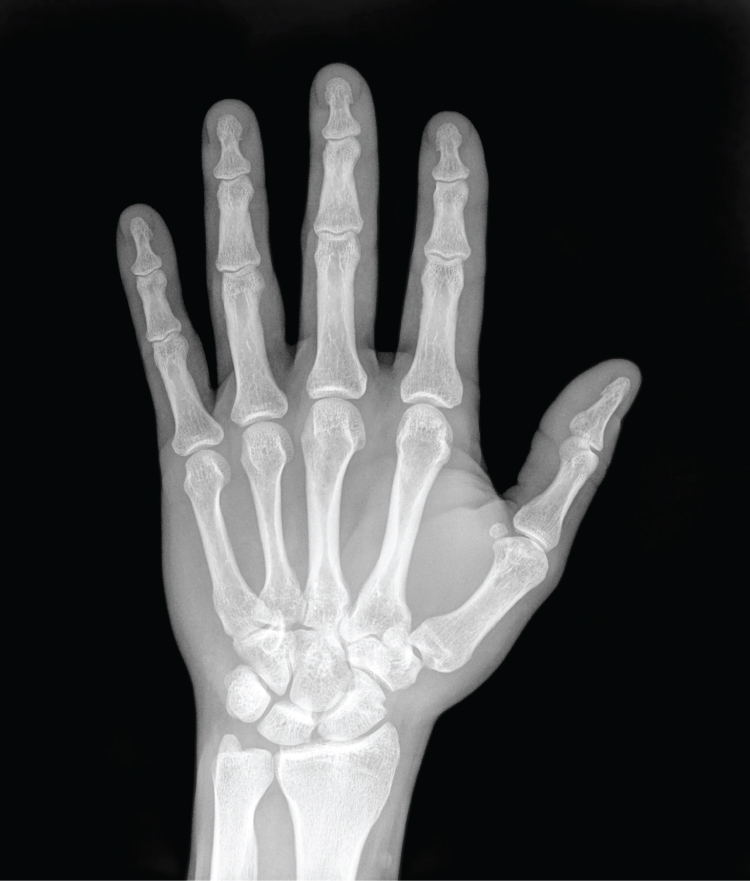
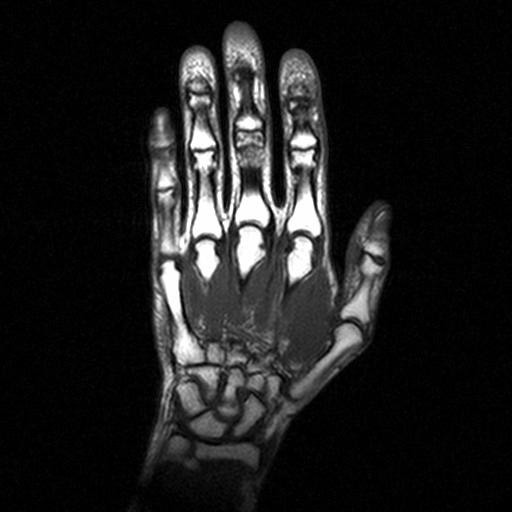
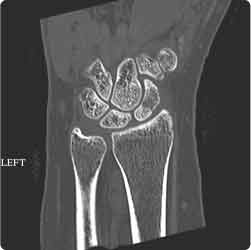
A computerized tomography (CT) scan combines a series of X-ray images taken from different angles around your body and uses computer processing to create cross-sectional images (slices) of the bones, blood vessels and soft tissues inside your body. CT scan images provide more-detailed information and provide comparable perspectives than traditional X-rays do.
Ultrasound imaging, Ultrasonography, also referred to as "the orthopedic stethoscope", has advantages over other imaging modalities in terms of availability and comfort, safety, and diagnostic potential. It is portable and it does not emit ionizing radiation. Used in the evaluation of physical abnormalities within the soft tissue such as cysts, and are commonly used to help identify foreign bodies that may remain undetected in penetrating wounds and lacerations. It is safe for all patients, including those with cardiac pacemakers and metal implants, without any contraindications. [Learn More]
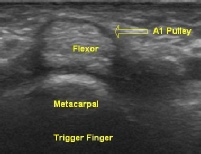
When your health professional decides what kind of imaging to recommend to you, they take the different strengths of each imaging type into account. Sometimes, a physician may order a series of different imaging studies, in order to determine the severity of a complex injury.
No single type of imaging is better, because each has different potential advantages and disadvantages, including exposure to radiation with some types of imaging and specific perspective that your physician may need in order to determine a diagnosis. Your health professional should discuss with you which type of imaging is most appropriate for you.
Experience The Sonos Difference
When patients require diagnostic services, Sonos Imaging wants to provide service in such a manner that offers a convenient location and the most comfortable environment imaginable. Sonos Imaging is an independent diagnostic imaging facility offering MRI, Ultrasound, X-Ray with C-Arm Fluoroscopy imaging solutions. With the most State-of-the-Art equipment available, physicians will feel at ease to offer the best care to their patients.
Everything we do revolves around our patients and their comfort. By meeting the quality imaging needs of referring physicians and offering a unique spa-like setting for patients. You will find that comfort and experience is our number one priority.


